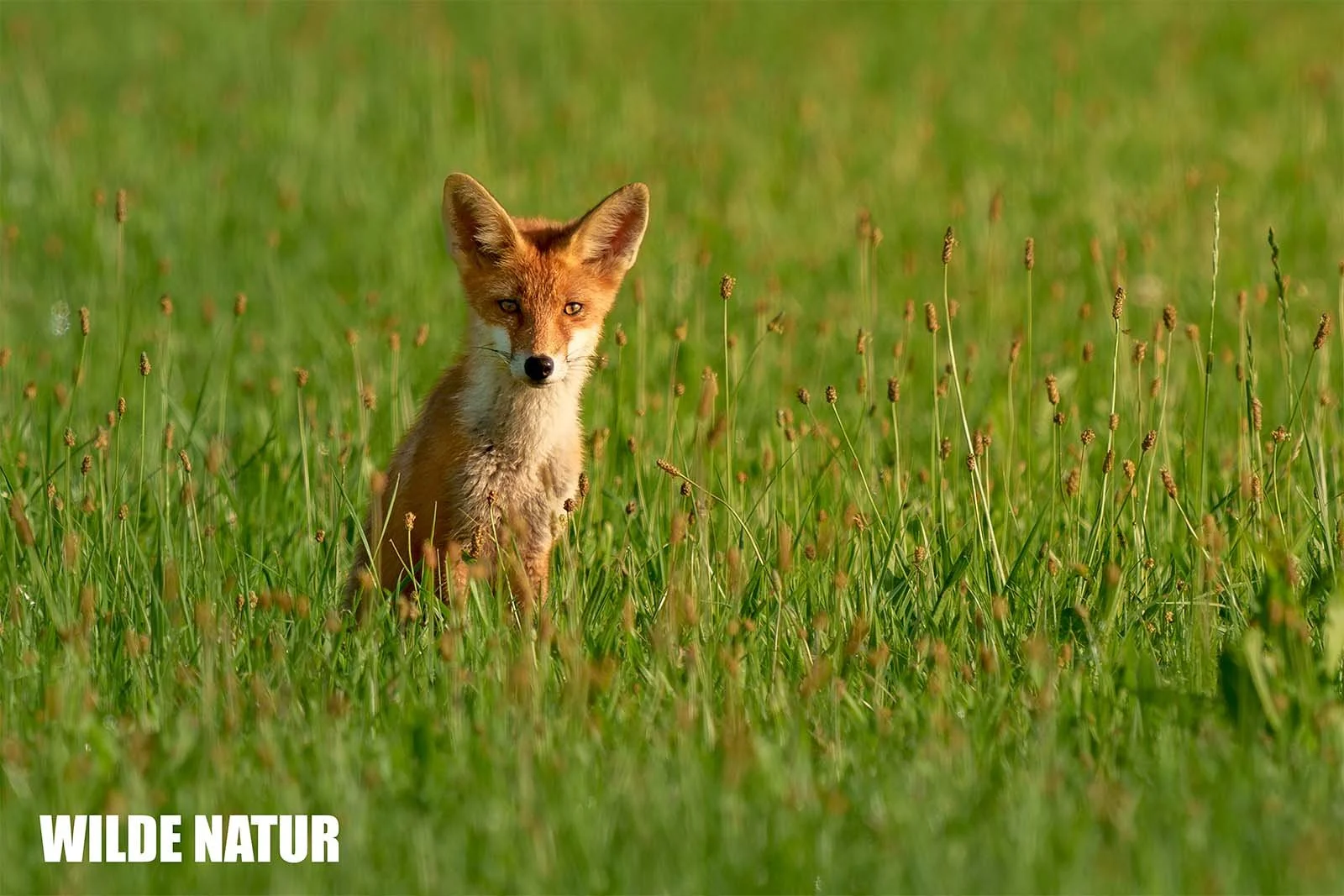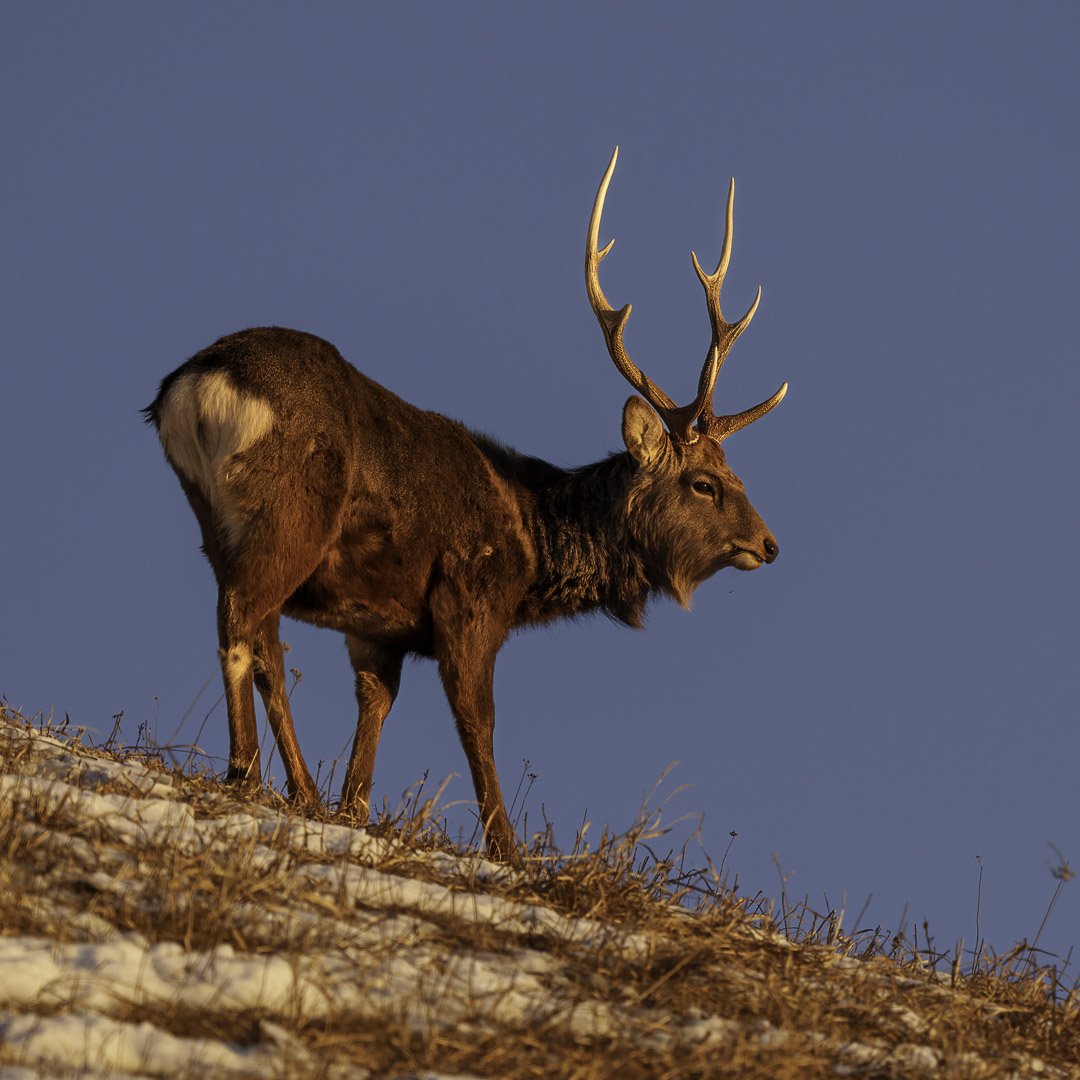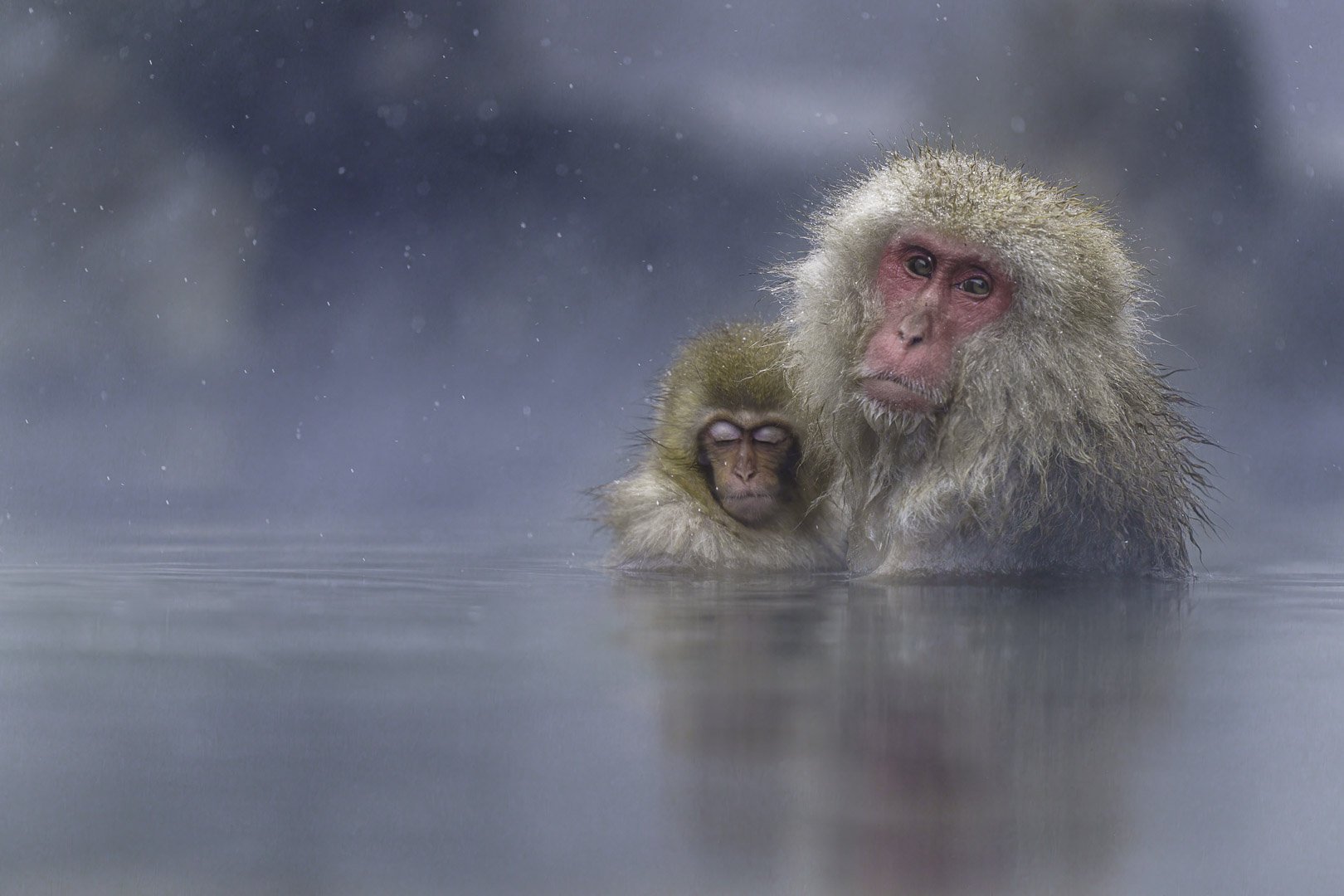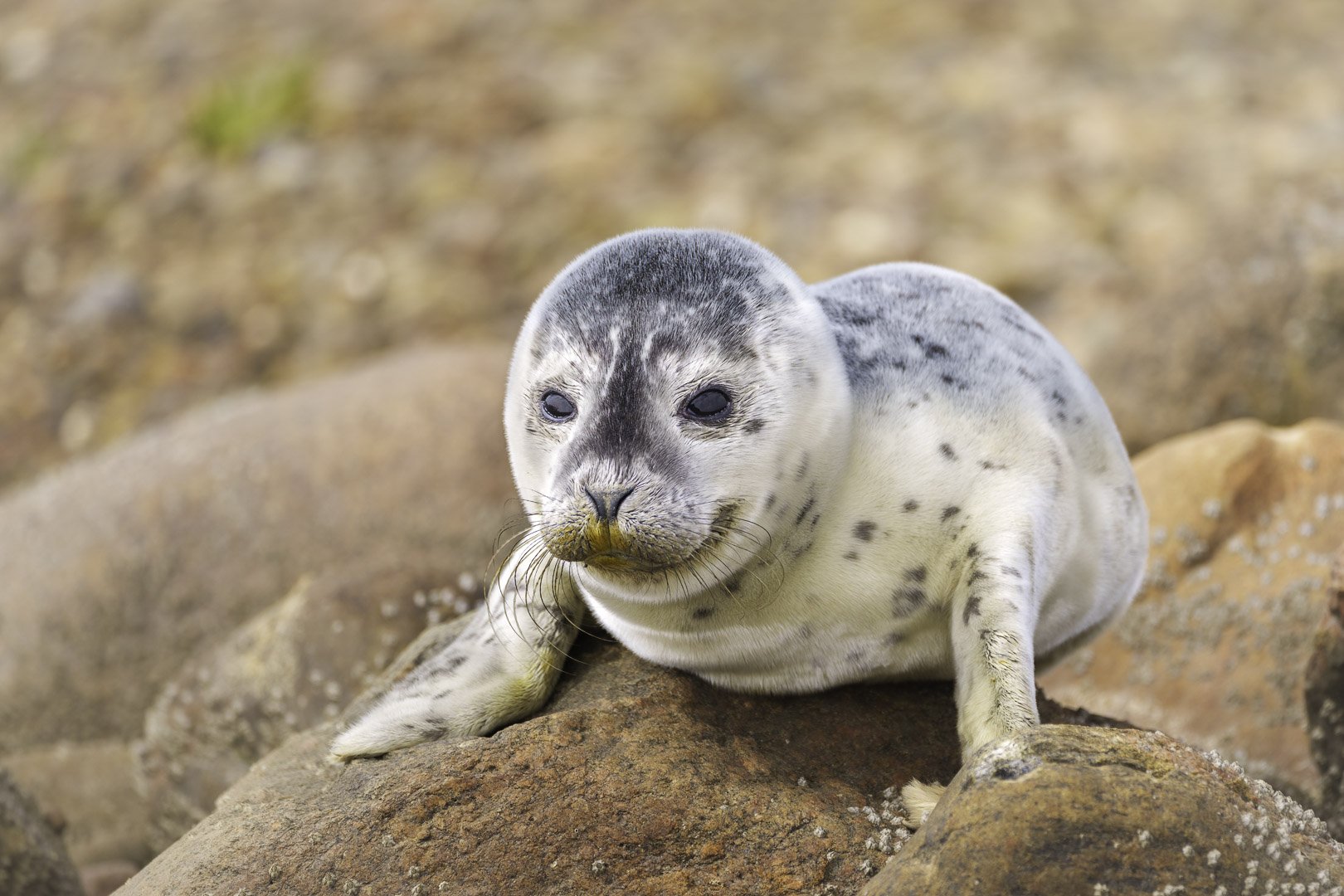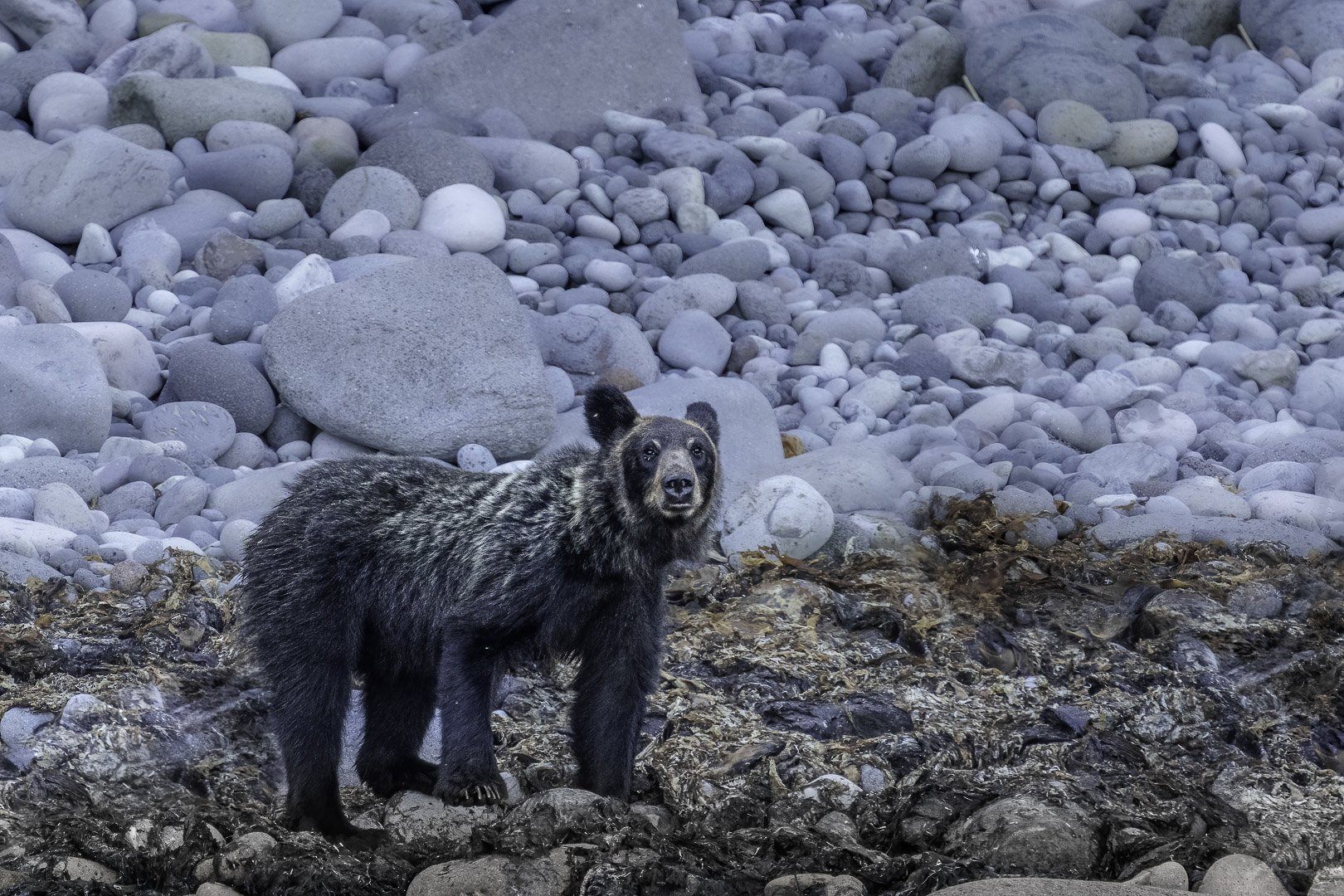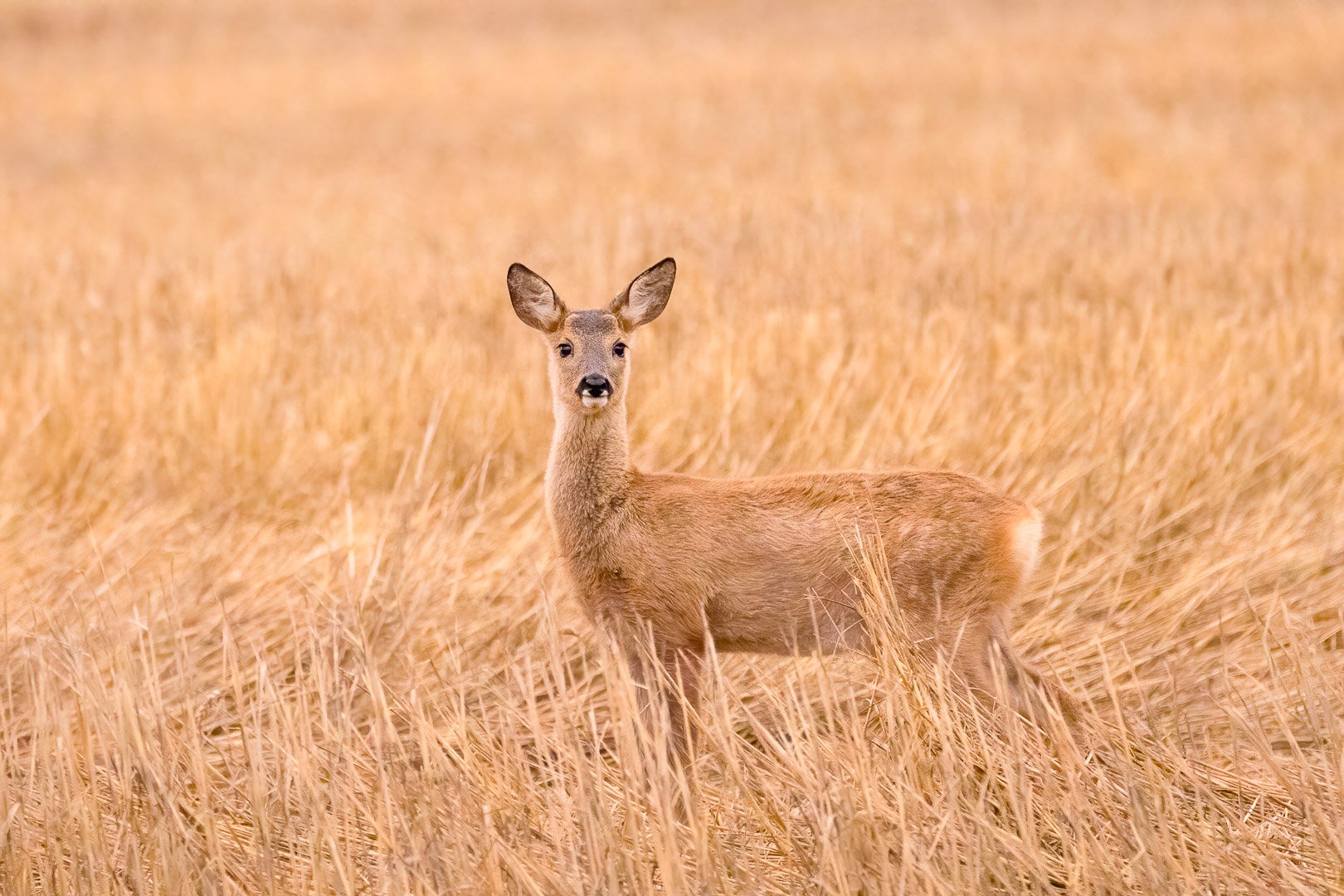European Beaver (Castor fiber)
European Beaver (Castor fiber)
European Beaver – Nature’s Landscape Engineer
The master builder among rodents reshapes river landscapes, creates habitats, and impresses with its construction skills.
Natural Water Architecture: How the Beaver Shapes Our Environment
Second-largest rodent in the world
Lives monogamously in family units
Builds dams, lodges, and food caches
Strict herbivore with powerful incisors
Widely repopulated thanks to conservation efforts
Species name: Castor fiber (European beaver)
Size: Total length 113–137 cm
Weight: 20–30 kg, rarely over 36 kg
Diet: Vegetarian – bark, aquatic plants, herbs
Reproduction: Mates in winter, 2–4 young in spring
Distribution: Europe and Asia – now over 639,000 individuals worldwide
Special feature: Builds dams and lodges to shape habitats
Table of Contents
- Introduction
- Anatomy: Built for Water
- Behavior: Nocturnal, Loyal, and Organized
- Beaver Constructions: Lodges, Dams, and Caches
- Diet: A Vegetarian with a Food Supply Strategy
- Reproduction: Well-Planned Offspring
- Distribution: From Survival to Comeback
- Real-Life Examples from Nature
- FAQ – Common Questions about Beavers
- Conclusion
Introduction
Imagine an animal that dams rivers, shapes banks, and creates entire ecosystems – without using any machines. It wears no safety vest but has waterproof fur. It doesn’t work for money but out of instinct. The European beaver is more than just a large rodent – it’s an ecosystem engineer, shaping and maintaining habitats. Once nearly extinct, it's now making a strong comeback – thanks to protection efforts and greater understanding of its role. This article explains why this natural builder deserves a second chance – and how it's making the most of it.
Anatomy: Built for Water
A Body Made for the Wet Element
The beaver's body is streamlined and compact – perfect for life in the water. With a total length of up to 1.4 meters, it’s one of Europe’s largest rodents. Its large, webbed hind feet power it through the water, while its small, nimble front paws are ideal for grasping and building.
The Tail – More Than Just a Paddle
Its broad, flattened tail, or paddle, serves multiple purposes:
- Rudder for swimming
- Fat storage during lean times
- Warning device – a loud splash signals danger
The Fur – Warm, Dense, and Waterproof
Ranging from brown to nearly black, its fur has two layers: a dense undercoat for insulation and longer guard hairs on top. Glandular secretions help waterproof the coat – a true survival suit.
Superpowered Teeth
The beaver’s distinctive orange incisors never stop growing. Their hardness comes from embedded iron compounds – they’re self-sharpening and capable of cutting through thick trunks. No wonder a beaver can fell trees up to 50 cm in diameter – all without a chainsaw.
Behavior: Nocturnal, Loyal, and Organized
Beavers Work at Night
Beavers are crepuscular and nocturnal. They rest in their lodges during the day and become active after dark: swimming, gathering, building, and defending their territory.
Monogamy in the Animal Kingdom
Once a pair is formed, they stay together for life. They raise their young together, who typically remain in the family unit for two to three years before setting out to establish their own territories.
Scent-Marking Their Domain
Beavers mark the edges of their territory with castoreum, an oily secretion deposited in small mounds. It’s a clear message to others: this stretch of river is taken.
Beaver Constructions: Lodges, Dams, and Caches
The Beaver Lodge – Safe and Thoughtfully Built
A beaver lodge consists of:
- Wooden branches and twigs
- Mud, leaves, and stones
- Hidden underwater entrance
Inside: a dry living chamber with fresh air circulation. Well insulated, it stays pleasantly warm even in winter.
Dams as Water Regulators
Where water is too shallow, beavers build dams to raise the level. These structures slow the current, create new ponds, and transform the landscape. This technique creates wetland habitats that attract rare amphibians, insects, and waterfowl.
Diet: A Vegetarian with a Food Supply Strategy
What Do Beavers Eat?
In summer:
- Grasses
- Aquatic plants
- Herbs
In winter:
- Bark from softwood trees like willow or poplar
- Twigs and shoots
In autumn, they build underwater food caches. This way, they can access food even under ice without leaving their lodge.
No Food Conflict with Humans
Beavers are strict herbivores. They show no interest in fish or meat, though they occasionally nibble crops like corn or sugar beets – usually when farmland borders their habitat.
Reproduction: Well-Planned Offspring
Mating and Birth
Mating season runs from December to March, peaking in January and February. After about 105 days of gestation, two to four kits are born in May or June.
Learning Starts Early
At just three weeks, the young begin eating plants. Still, they remain with the family for two to three years – like a temporary shared household. Later, they find their own territory, often several kilometers downstream.
Distribution: From Survival to Comeback
Nearly Extinct – Then Rescued
By 1900, beavers had nearly vanished from Central Europe due to:
- Their dense fur
- The coveted secretion “castoreum”
- The mistaken belief that they eat fish
Only a few small populations survived – for example, along the Elbe. But from the mid-20th century, everything began to change.
Conservation Programs Making a Difference
Targeted reintroductions, hunting bans, and awareness campaigns led to a rebound:
- Worldwide: > 639,000 individuals
- Germany: approx. 30,000
- Range: from Western Europe to China
Beavers have returned to:
- Floodplains
- Canals and ponds
- Side arms of major rivers
Even urban waters aren’t off-limits – if they’re clean and quiet enough.
Real-Life Examples from Nature
Example 1: Beavers in the Elbe Floodplains
In Lower Saxony, beavers are expanding flood zones. While farmers complain about flooding, conservationists are pleased: new habitats are emerging for frogs, dragonflies, and kingfishers.
Example 2: Beavers in Bavaria
In Bavaria, the beaver’s return is closely monitored. Specialists advise municipalities in conflict situations – such as when dams flood fields. The result: coexistence over confrontation.
Example 3: Water Retention by Beavers
In times of climate change, beavers are becoming natural water managers: Their dams retain rainwater and raise groundwater levels – a natural defense against flooding.
FAQ – Common Questions about the European Beaver
How long can beavers stay underwater?
Up to 20 minutes, thanks to specialized breathing and closable nostrils and ears.
Are beavers dangerous to humans?
No, beavers are shy animals. They defend themselves only when threatened – usually by fleeing.
How can you spot beaver activity?
Look for gnawed tree trunks, muddy paths into water, and twig lodges.
Are beavers becoming a pest again?
Only locally. Overall, their positive impact on biodiversity and water systems outweighs the downsides.
What should I do if I find a beaver lodge in my garden?
Contact the local nature conservation authority – many regions have designated contacts for beaver issues.
Conclusion
The European beaver is no ordinary forest dweller – it's an engineer on four legs, a herbivore with a talent for reshaping landscapes. Once nearly extinct, it’s now back – stronger, smarter, and better protected. So next time you see a dam built without human help, you’ll know: someone’s working here who understood water management long before we did.







